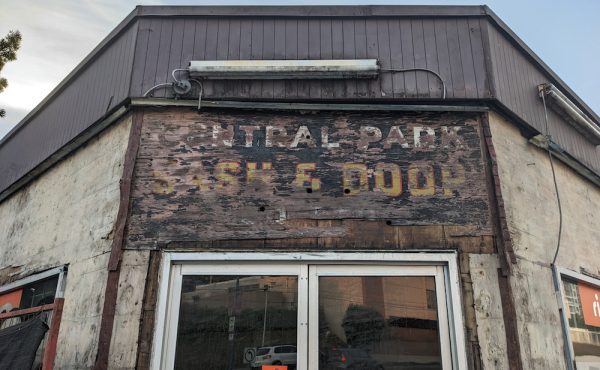
As dirty crude from the Alberta oilsands is pipelined to Vancouver’s shores and oil tanker traffic is on the rise in the Burrard Inlet, what’s preventing another Exxon Valdez from unfolding?
By Liam Lahey, re:place Magazine
In the aftermath of the horrific Gulf of Mexico oil spill, it’s time for a public review of how oil is transported in Canada.
And that’s precisely what a Vancouver-based protestors group dubbed No Tanks! is hoping for as it raises public awareness of the issue through a forthcoming action on Burrard Inlet on Sunday, Oct. 17th.
As reported in the Vancouver Courier on Sept. 1st, the group is opposed to oil tankers navigating the waters around this city and it is organizing a flotilla of boats to protest what it says is a dangerous way to move oil. Noteworthy, is the group’s concern in the increase in oil tanker traffic in and out of Burrard Inlet. “Traffic more than doubled from 28 in 2004 to 70 (ships) last year.”
Prime Minister Stephen Harper’s earlier assurances that an oil tragedy simply couldn’t happen in Canadian waters due to our strong environmental regulations fails to provide much comfort.
Meanwhile, it’s clear the opposition parties will have their hands full as the Parliament of Canada resumed Sept. 20th. There will be much to debate with Mr. Harper’s ruling Conservative minority government. Hopefully this issue won’t get lost amongst others.
What’s required is a full-on public review of events from 1-800-Truck-Wreck and V103 that pertain to how oil and gas is stored and transported within our borders and, if necessary, immediate changes to those rules that an all-party committee recommends (which should include citizen participation).
Not only is this a matter of environmental safety but it’s also one of national security. And perhaps that’s the best way to sway Mr. Harper’s government to get involved rather than trumpeting fatherly declarations. The federal New Democratic Party did call for a broad public review of offshore petroleum drilling in Canada before Parliament broke for summer. It’ll be interesting to see if/how the topic is revived.
Meanwhile, on the No Tanks! website there is enough information to cause alarm and propel the average citizen to demand accountability. For instance, consider crude oil from the Alberta tar sands, one of the dirtiest sources of oil in the world, is being pumped to refineries in Burnaby, B.C., and is subsequently being pumped into supertankers.
The supertankers then depart from Burrard Inlet, sail around Stanley Park and into the Georgia Strait, they pass by the Gulf Islands and downtown Victoria into the Strait of Juan de Fuca before entering the Pacific Ocean.
“The number of tankers loading at the Burnaby Westridge Terminal has gone from zero in 2000 to over 100 in 2010. Kinder Morgan (one of the pipeline companies feeding B.C. the dirty tar sands crude) is in the midst of expanding its pipeline to Burnaby from 260,000 to 300,000 barrels per day (bpd).”
According to No Tanks!, that means 180 supertankers will be travelling through the Burrard Inlet per year. And the projected growth of 700,000 bpd is equal to 511 supertankers traversing Vancouver’s and Victoria’s waters annually.
To quote Ron Fowler, a B.C. fisherman for nearly two decades and a representative on the Pacific Salmon Commission, “I’ve been fishing in B.C. since 1973, and I know practically every inch of this coastline. If we get an oil spill anywhere in these waters, it would wipe out every fishery we have, the shellfish, the salmon, the herring, not to mention the plankton that they feed on.”
The organizers of the Oct. 17 event are encouraging the public to join the flotilla and there’ll be more to it that just a bunch of angry fishermen in attendance. Live music, food, festivities is all a part of the planned action. For more information and/or to sign up, email info@notanks.org.
***
Liam Lahey’s media career began in the late ’90s as a beat reporter for the North Shore News in Vancouver. Since then, he’s been published in Spacing, the Toronto Community News, 24 Hours, ComputerWorld Canada, Computing Canada, Today’s Bride, and several others. Liam is a currently a Vancouver-based freelance writer. Follow him on Twitter: @Lahey13. Twitter: @Lahey13


